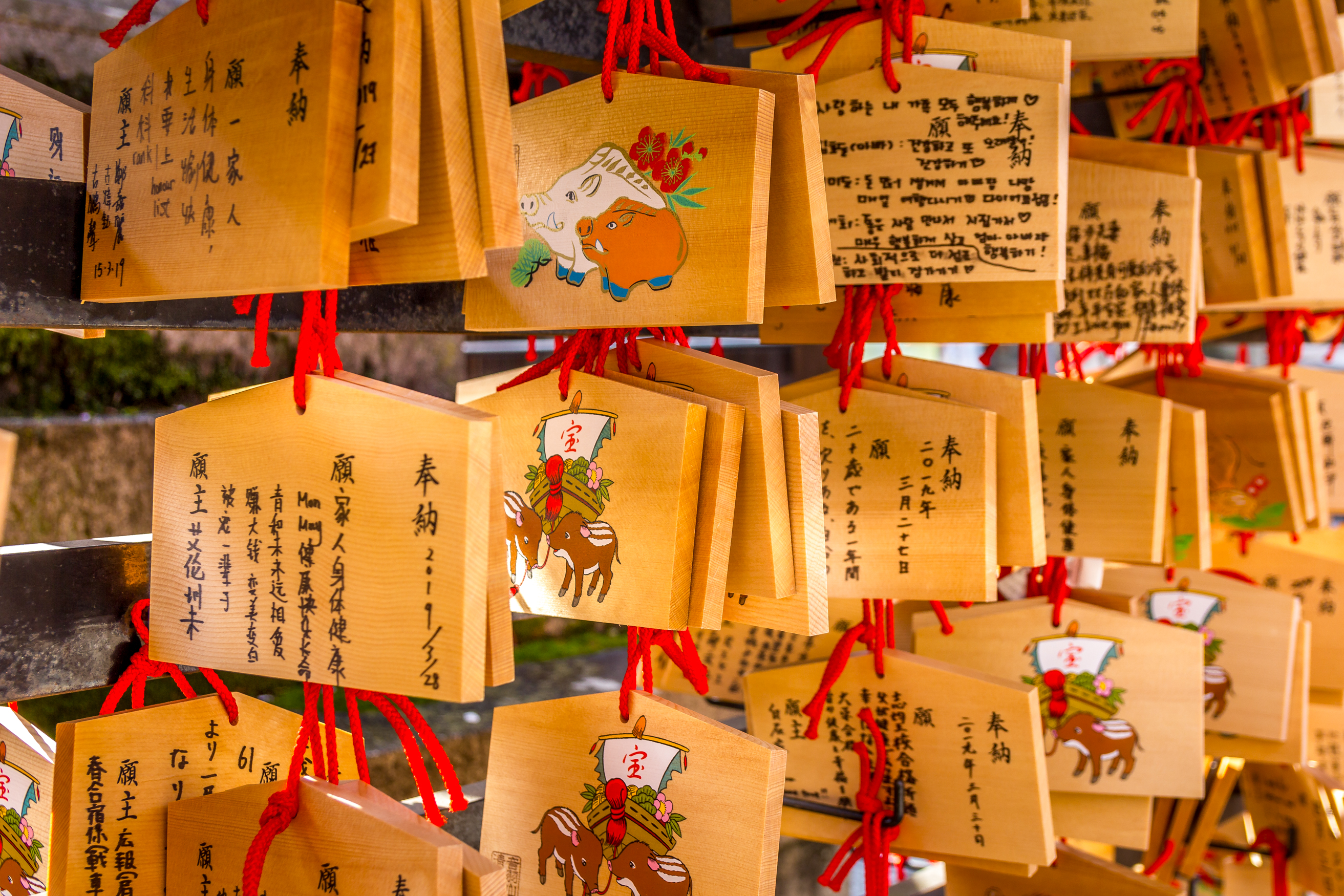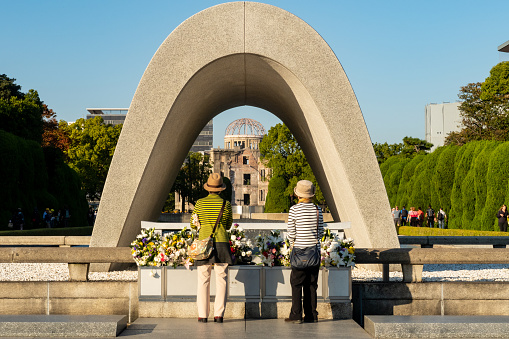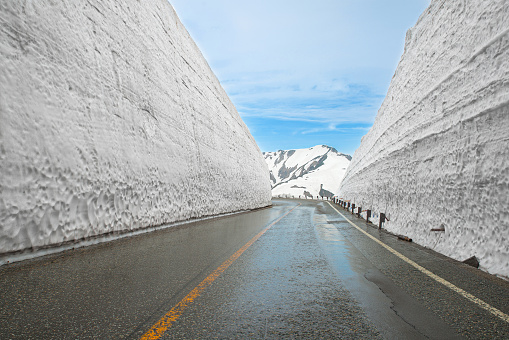

Accessibility in Japan
Getting Around
Trains and Stations
Japan’s rail system is the country’s lifeline and, in most cities, impressively accessible.
· Nearly all JR and metro stations have lifts, ramps and tactile paving.
· Staff will bring a portable ramp to the train door and ensure someone is waiting at your destination.
· The Shinkansen (bullet train) has wide aisles, reserved wheelchair spaces and large accessible toilets.
· Ask for assistance at the ticket gate.
· Help offered by railway staff is efficient and courteous.
Buses and Taxis
Modern buses in Tokyo, Osaka and Kyoto are low-floor and fitted with ramps. They can be slow at busy times, but they work.
Universal taxis, the square Toyota JPN and Nissan NV models, are ramp-equipped and widely available. Drivers are patient and used to assisting wheelchair users, though in smaller towns you may need to pre-book.
Hotels and Ryokans
Large hotels generally have proper accessible rooms with level showers, grab rails and wide doors.
Traditional ryokans are more variable. Many older inns still have steps and split levels, yet a growing number in Hakone, Beppu and Kanazawa now advertise “barrier-free” suites with western beds and adapted bathrooms. Some modernised rooms retain the tatami atmosphere but remove unnecessary obstacles.
Public Toilets
Accessible toilets are easy to find, in stations, shopping centres, motorway rest areas and parks. They’re large, spotless and equipped with handrails, automatic doors and call buttons.
Communication and Assistance
English is widely understood at stations and hotels. Outside cities, staff rely on translation apps but are quick to assist. Even when language fails, people make an effort to understand.
Attractions and Cultural Sites
Tokyo
· Asakusa and Sensō-ji Temple: Step-free access from the rear and smooth paths around the main hall.
· Meiji Shrine: Broad gravel paths with level wooden walkways; manageable for power chairs.
· Tokyo Skytree and teamLab Planets: Fully accessible with lifts and wide corridors.
· During rush hours, the number of people can represent a challenge though.
Kyoto
· Nijō Castle: Portable ramps allow full circuit access; interiors have gentle slopes.
· Kinkaku-ji (Golden Pavilion): Gardens are level and viewing areas accessible even if the pavilion itself cannot be entered.
· Tenryu-ji Temple (Arashiyama): Ramped garden routes and smooth paths towards the bamboo grove.
· Kiyomizu-dera: Steep in places, but lifts and viewing terraces provide partial access.
· Kyoto’s age makes navigation uneven in parts, yet the major temples and museums are well organised.
Hiroshima
· Peace Memorial Park, the Museum and nearby Hiroshima Castle all have lift access.
· The ferry to Miyajima Island boards by ramp, and the shrine area there is almost entirely flat.
· An easier city to explore on foot or wheels.
Kanazawa
· Kenroku-en Garden and the 21st Century Museum have level surfaces, and wheelchairs can be borrowed at entrances.
· Kanazawa is compact, tidy and less crowded than Tokyo, and ideal for slower sightseeing.
Osaka and Elsewhere
· Osaka Castle has lifts connecting each level.
· Universal Studios Japan offers priority boarding and accessible toilets across the park.
· Matsumoto Castle’s interior stairs are steep, but outside viewing platforms give excellent visibility. Nagoya Castle’s new keep includes a lift to the upper floors.
Where Challenges Remain
· Smaller rural train stations: often unmanned, with steps or narrow platforms.
· Rural Japan is friendly but physically harder to navigate.
· Older ryokans: limited space and no lifts.
· Traditional onsen: communal baths rarely have step-free access, though private “family baths” can often be booked.
· Crowded hubs: Tokyo’s Shinjuku or Osaka-Umeda can be overwhelming during rush hours.
Practical Advice for Travellers
· Plan early: we can help you identify hotels and routes verified for accessibility.
· Use the Help Mark: available at major stations for anyone with hidden disabilities.
· Download station maps: JR East, Tokyo Metro and Osaka Metro publish full accessibility layouts.
· Private transfers: worthwhile for rural or long-distance travel.
· Avoid peak times: 07:30–09:30 and 17:00–19:00.
· Carry cash: some taxis and rural cafés remain cash-only.
Final Thoughts
Japan is not perfect, but it is far better than most expect. Public transport, toilets and staff assistance are excellent. The main frustrations come from small steps into restaurants or older inns rather than from poor infrastructure. With realistic expectations, advance planning and a little patience, visitors of any ability can experience Japan’s temples, gardens, museums and castles without constant worry about access.

Need help planning an accessible Japan holiday?
Call our UK-based Japan experts or send us a message – we’ll design a tailor-made trip that’s just right for you.

17
Sep
Funny (but true) facts about Japan that will surprise you (Part 2)
Think Japan can’t surprise you anymore? Think again. Here are more funny, odd or utterly delightful things we’ve seen

17
Sep
Funny (but true) facts about Japan that will surprise you (Part 1)
Japan is full of charm – Here are 13 funny but entirely true facts that make travelling in Japan unforgettable (and a bit bizarre)